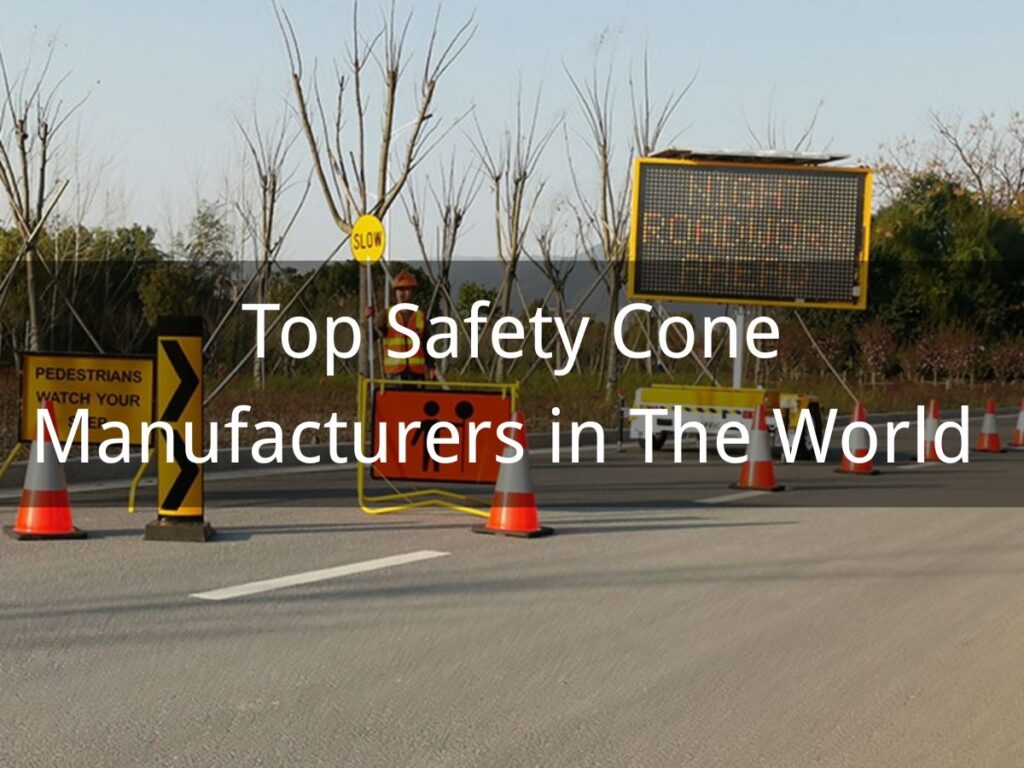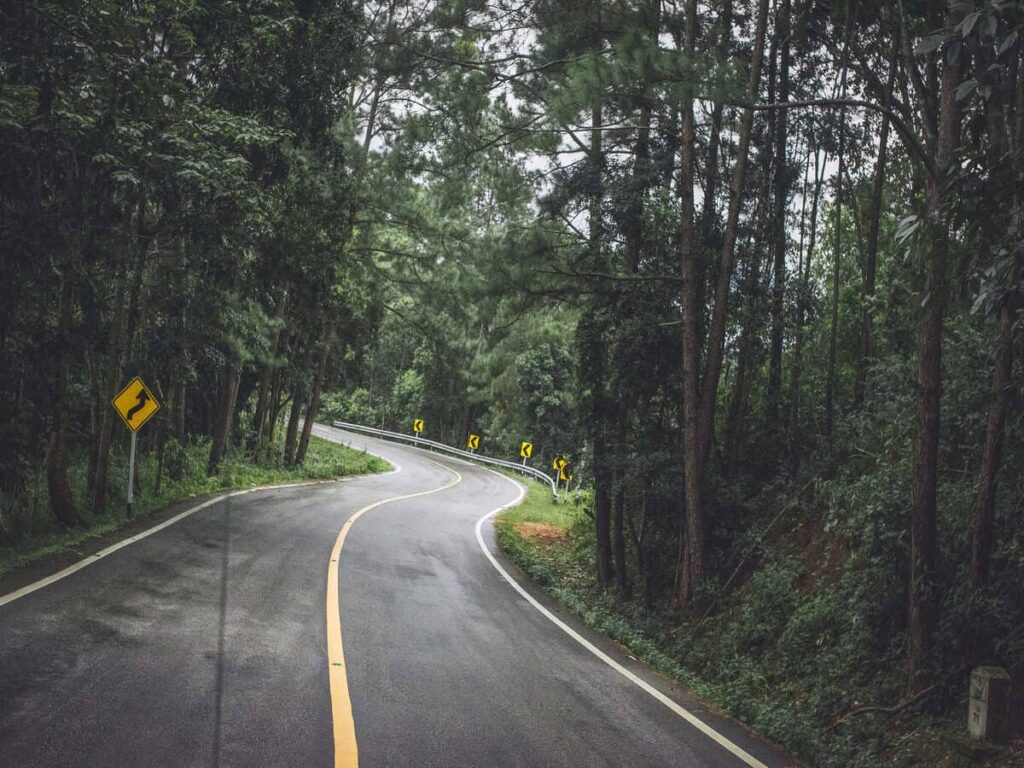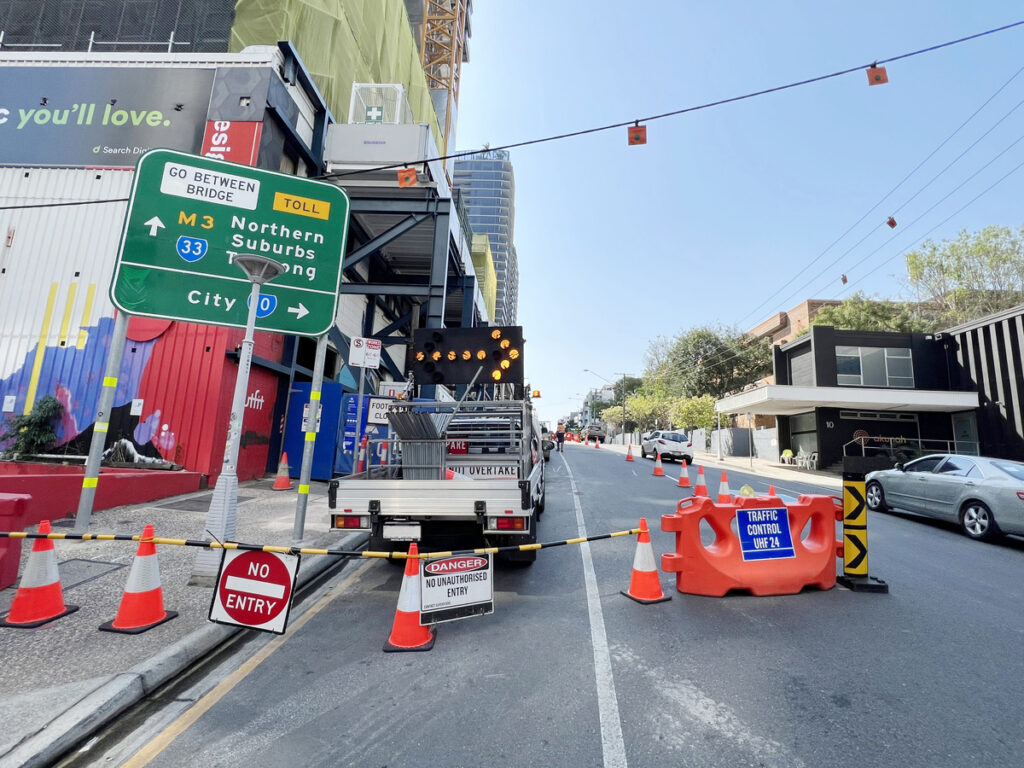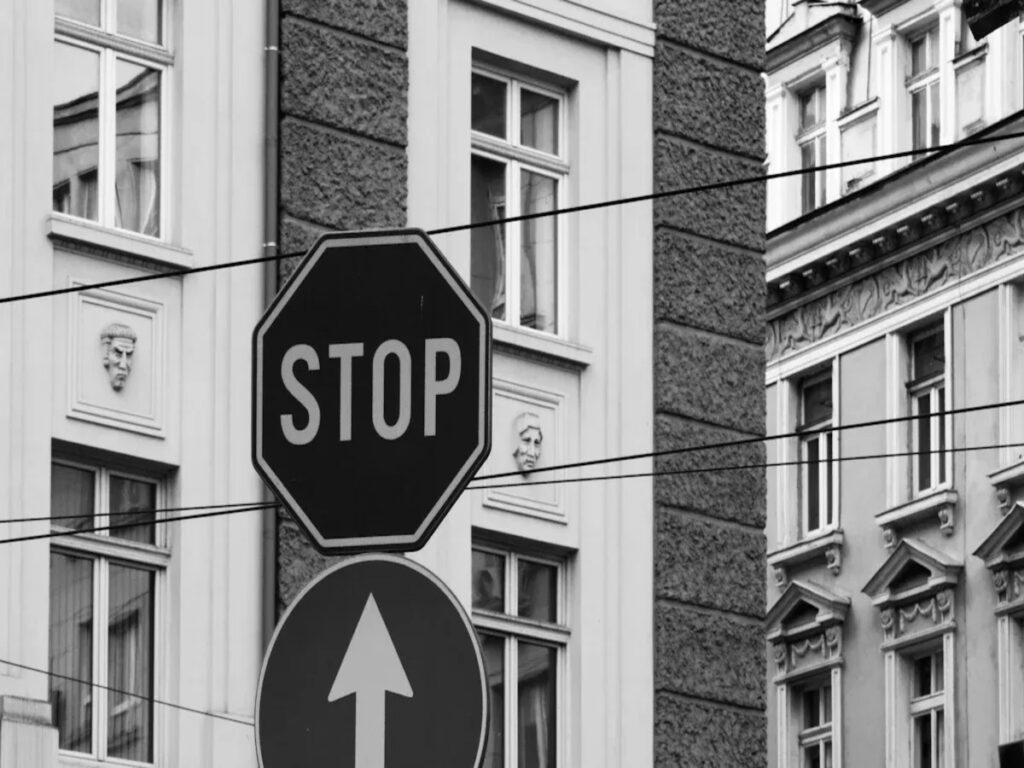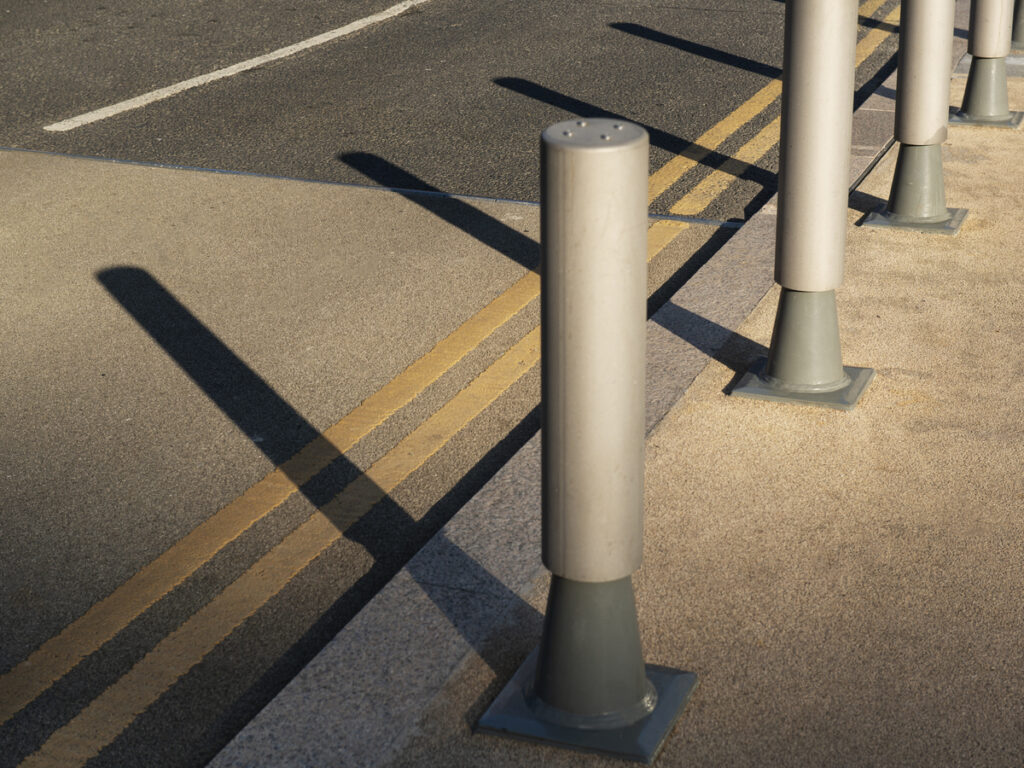
कठिन परिस्थितियों में क्षेत्रों की रखवाली करते समय, आपको मजबूत सामग्री की आवश्यकता है. स्टेनलेस स्टील के बोल्ड टिकाऊ होते हैं और अच्छी तरह से जंग का विरोध करते हैं. वे शहरों में या समुद्र के पास काम करते हैं, मजबूत और साफ -सुथरा रहना. सही स्टेनलेस स्टील के प्रकार का चयन खराब मौसम में बोलार्ड्स काम करते रहते हैं. कैसे जानते हैं कि कैसे 304 और 316 स्टेनलेस स्टील अलग आपको अपनी आवश्यकताओं के लिए सबसे अच्छा लेने में मदद करता है.
ऑप्टट्रैफ़िक supply premium steel bollard, tailored for various environments—from coastal zones to high-traffic urban areas. स्थायित्व पर ध्यान देने के साथ, संक्षारण प्रतिरोध, and professional finish, OPTRAFFIC steel bollards offer long-lasting protection and a clean, modern look wherever they’re installed.
चाबी छीनना
- 304 stainless steel is cheaper and good for indoor spaces.
- It works well in cities with little chance of rust.
- 316 stainless steel resists rust better, perfect for coastal areas.
- It is also great for factories or harsh environments.
- Molybdenum in 316 helps stop damage from salty water.
- का उपयोग करते हुए 316 can save money on fixes and replacements later.
- चुनना 304 for easy conditions or 316 for tough places.
Composition and Features of 304 और 316 स्टेनलेस स्टील
Key Characteristics of 304 स्टेनलेस स्टील
304 स्टेनलेस स्टील is a common and useful material. It contains about 18% chromium and 8% निकल. These elements help it resist rust naturally. This type is strong, खरीदने की सामर्थ्य, and easy to shape. Below are its main performance details:
- तन्यता ताकत: 500 MPa to 750 एमपीए (72,500 psi to 108,750 साई).
- नम्य होने की क्षमता: 205 MPa to 230 एमपीए (29,700 psi to 33,400 साई).
- Rockwell B Hardness: 70 को 92.
- Elongation at Break: 40% को 70% over a 50 mm gauge length.
- Modulus of Elasticity: 193 GPa (28,000 ksi).
- Shear Modulus: 77 GPa (11,200 ksi).
- Poisson’s Ratio: 0.29.
This type works well indoors or in cities. It handles areas with little exposure to rust-causing elements.
Key Characteristics of 316 स्टेनलेस स्टील
316 स्टेनलेस स्टील resists rust better in tough places. It has 16% क्रोमियम, 10% निकल, and 2–3% molybdenum. Molybdenum helps stop pitting and crevice corrosion. This is especially useful in salty environments. Below are its key features:
| संपत्ति | कीमत |
|---|---|
| तन्यता ताकत | 515 एमपीए |
| नम्य होने की क्षमता | 205 एमपीए (30 ksi) |
| Elongation at Break | 40% (50 मिमी) |
| मोलिब्डेनम सामग्री | 2–3% |
| Melting Point | 1,425° C (2,597° F) |
| घनत्व | 8.0 g/cm g |
This type is great for marine and chemical uses. Its protective layer keeps it safe from rust.
The Role of Nickel and Molybdenum in Corrosion Resistance
Nickel and molybdenum help stainless steel resist rust. Nickel makes the protective layer stronger and slows rusting. It also makes the metal tougher and easier to shape. Molybdenum, found only in 316 स्टेनलेस स्टील, adds extra protection. It stops pitting and crevice corrosion. It also thickens the protective layer, निर्माण 316 stainless steel better for salty areas.
| तत्व | Role in Corrosion Resistance |
|---|---|
| Nickel | Strengthens protective layer and slows rusting. |
| Molybdenum | Adds protection against pitting and crevice corrosion. |
These elements keep 316 stainless steel strong and looking good, कठोर परिस्थितियों में भी.
Corrosion Resistance in Stainless Steel Bollards
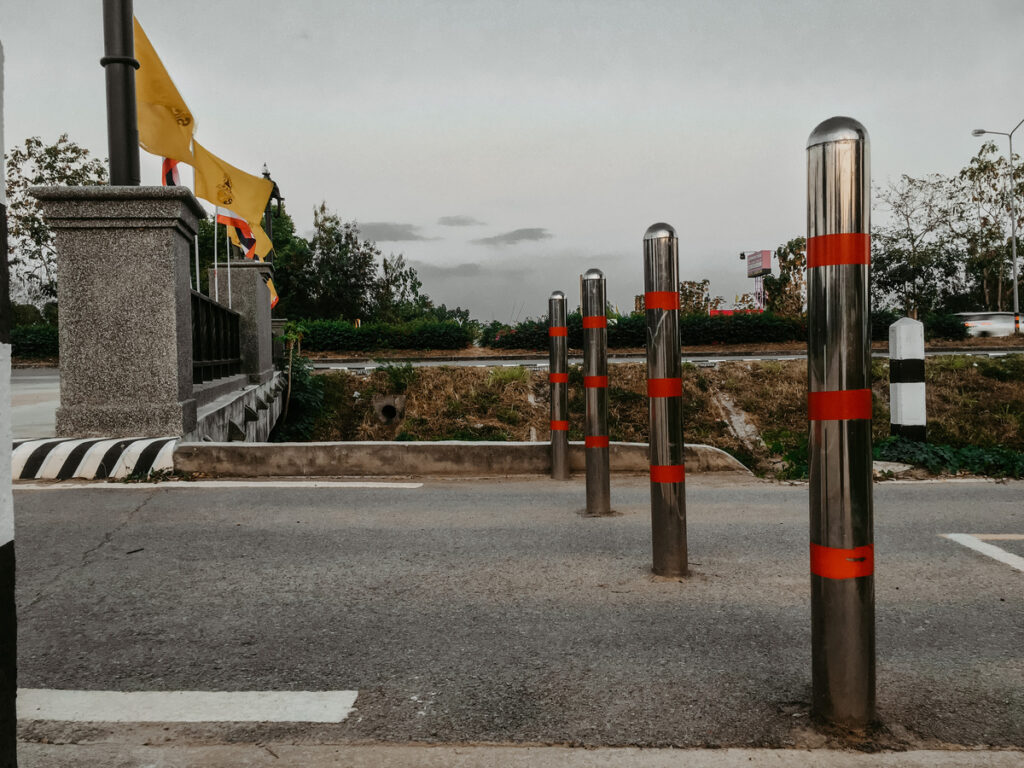
कैसे 304 Stainless Steel Performs Indoors and in Cities
304 stainless steel resists rust well in controlled places. It has 18% chromium and 8% निकल. These create a layer that protects it from rust. This makes it great for bollards used indoors or in cities. These areas have less moisture and fewer harmful elements.
304 stainless steel stays strong and looks good in places like malls, कार्यालयों, और वॉकवेज़. It handles city pollutants like car fumes and weak acids. This ensures it lasts a long time. लेकिन, it doesn’t do as well in very humid or salty air.
कैसे 316 Stainless Steel Performs Near the Sea
316 stainless steel is best for places with salty air. It has 2–3% molybdenum, which stops rust caused by salt. This makes it perfect for ports, समुद्र तटों, and harbours.
- क्यों 316 Stainless Steel is Great for Marine Areas:
- Handles salt spray and seawater without damage.
- Stays strong and neat even in wet conditions.
- Stops rust from bacteria in salty water.
| Marine Condition | Effect on Rusting |
|---|---|
| तापमान | High effect |
| Velocity | Medium effect |
| Salinity | Low effect |
| pH | Low effect |
The table shows how 316 stainless steel works in marine areas. Its strong resistance to salt keeps bollards working and looking good near the sea.
Protection Against De-Icing Salts and Chemicals
De-icing salts and chemicals can harm bollards outdoors. 316 stainless steel protects well against these. Its molybdenum makes its protective layer stronger.
316 stainless steel bollards are great for airports, stations, और कारखानों. These places often use de-icing salts in winter or cleaning chemicals all year. 316 stainless steel stays strong and looks good, मरम्मत पर पैसे की बचत.
304 stainless steel doesn’t work as well in these tough conditions. It lacks molybdenum, so it can’t handle strong chemicals or salts. For areas with high exposure, 316 stainless steel is the better choice.
Durability and Strength of Stainless Steel Bollards
Strength in Busy Areas
Stainless steel bollards are strong and work well in busy places. They stay sturdy even with constant use by cars and people. Their tough build stops them from bending or breaking easily. This makes them great for protecting buildings, के रास्ते, and important areas.
304 stainless steel bollards are good for cities, handling pollution and small impacts. For busier spots or harsher conditions, 316 stainless steel is better. Its special mix of materials helps it stay strong and look nice longer.
Tough Against Hits and Wear
Bollards often get hit or worn down over time. Stainless steel is very tough and handles these challenges well. It can take hits without bending much, making it a safe choice for public spaces, कार पार्क करना, और कारखानों.
316 stainless steel bollards are especially good for places with heavy use. The molybdenum in them not only fights rust but also makes them stronger against damage. This keeps them working and looking good for years.
Long-Lasting in Hard Outdoor Conditions
Stainless steel bollards are made to last in tough outdoor places. वे जंग का विरोध करते हैं, so they’re great for coastal areas, wet climates, and rainy regions. Their strength means less fixing and a longer life.
- They work well in rough environments.
- They resist rust and stay strong over time.
- They look good and need little care.
316 stainless steel bollards are best for hard conditions. They handle salty air, de-icing chemicals, और खराब मौसम. This makes them a smart choice for outdoor use that lasts.
Cost Considerations for 304 और 316 स्टेनलेस स्टील
Starting Costs of 304 बनाम 316 स्टेनलेस स्टील
304 stainless steel costs less to buy at first. It has 18% chromium and 8% निकल, making it cheaper for general use. 316 stainless steel costs more because it has extra nickel and molybdenum. These make it better at resisting rust in tough places.
| Stainless Steel Type | Cost Details | उपयोग |
|---|---|---|
| 304 | सस्ता, good for food handling with low chemical exposure. | General food handling |
| 316 | Pricier due to more nickel and molybdenum, lasts longer with less upkeep. | Tougher environments |
Market prices show 304 stainless steel costs $1.50–$2.50 per kilogram. 316 stainless steel costs $3.00–$4.00 per kilogram. इसका मतलब यह है 316 is 40–60% more expensive. It’s worth it for places needing better rust resistance.
Upkeep and Replacement Costs Over Time
304 stainless steel is cheaper upfront but costs more later. In harsh places, it may rust from salt or chemicals. This means more repairs or replacements are needed.
316 stainless steel saves money over time. It resists rust better and lasts longer. ऊपर 30 साल, stainless steel upkeep costs are only 5% of its price. Mild steel costs 20% for upkeep. This shows 316 stainless steel is better for saving money in tough conditions.
Long-Term Benefits for High-Exposure Areas
For tough areas, 316 stainless steel is worth the higher cost. It handles salt, de-icing chemicals, and pollution well. This makes it last longer with less care. It’s perfect for bollards in coastal areas, हवाई अड्डों, और कारखानों.
| लागत प्रकार | स्पष्टीकरण |
|---|---|
| Starting Costs | Money spent on buying and setting up materials. |
| Upkeep and Repair Costs | Money spent on fixing and maintaining materials over time. |
| Replacement Costs | Money spent on replacing parts when they wear out. |
| Leftover Value | Money you might get back by selling or recycling materials later. |
का चयन 316 stainless steel lowers the chance of quick repairs or replacements. It keeps bollards strong and looking good for years. This saves money and keeps them working well.
Choosing the Right Stainless Steel Bollard for Your Needs
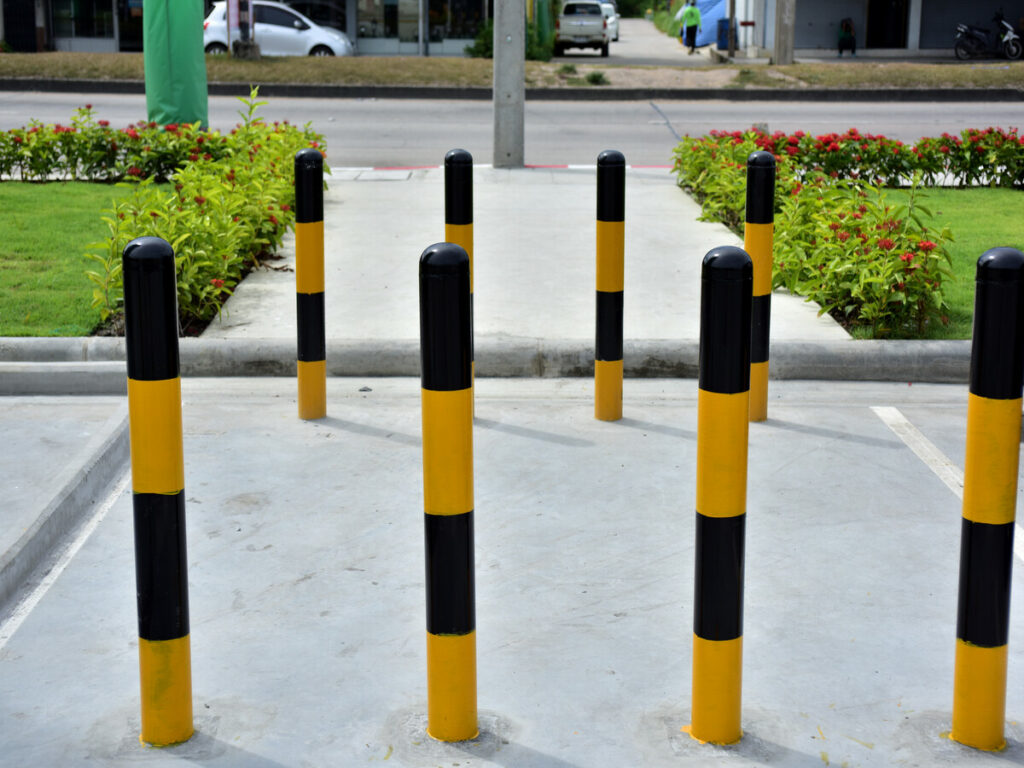
Bollards for Ports, Harbours, and Coastal Facilities
Coastal areas need bollards that can handle salty air and water. These places face challenges like salt spray, high moisture, and rough sand. Picking the right material ensures the bollards last long and need little care.
316 stainless steel is the best choice for these areas. It has molybdenum, which protects against rust in salty conditions. This makes it perfect for ports, harbours, and beaches. Its protective layer stops damage like pitting and keeps the bollards strong and looking good.
316 stainless steel bollards can:
- Stop rust from saltwater.
- Stay strong and neat in bad weather.
- Lower upkeep costs over time.
तटीय क्षेत्रों के लिए, 316 stainless steel bollards are a smart investment. They stay safe and last long, कठिन परिस्थितियों में भी.
Bollards for Airports and Transit Hubs
Airports and transit hubs need bollards that are safe and strong. These places deal with de-icing salts, cleaning chemicals, और भारी उपयोग. Bollards here also need to protect against vehicle crashes.
316 stainless steel bollards are great for these spots. They resist rust from salts and chemicals, staying strong and looking good. Their tough build also handles crashes, keeping people and property safe.
| विशेषता | विवरण |
|---|---|
| पुनर्निर्मित सामग्री | Made from reused metals, reducing waste and staying strong. |
| Weather-Resistant Coatings | Special coatings stop rust, keeping bollards in good shape. |
| Anti-Ram and High-Impact Designs | Built to block fast-moving vehicles and stop unauthorised access. |
| Reinforced Steel Cores | Strong cores or concrete inside to handle vehicle hits. |
| Impact-Absorbing Technology | Uses materials that soak up crash energy for better safety. |
| Advanced Testing Standards | Tested to meet strict rules for handling vehicle impacts. |
| Durability in High-Traffic Areas | Made tough for busy areas with lots of people and vehicles. |
का चयन 316 stainless steel bollards ensures safety and strength in busy places. Their features make them a dependable option for airports and transit hubs.
Bollards for Urban and Industrial Settings
Urban and industrial areas need traffic bollards that handle pollution and wear. These places face car fumes, रसायन, and changing weather. Picking the right bollard keeps them useful and looking good.
304 stainless steel bollards work well in cities with mild rust risks. They are a cheaper option for malls, रास्तों, और कार्यालय. But for factories or places with more chemicals, 316 stainless steel is better.
| मानक | JIS, AiSi, एएसटीएम, जीबी, DIN, में |
|---|---|
| ऊंचाई | 600-2500मिमी, Customised |
| मोटाई | 2.5-8.0मिमी, Customised |
| व्यास | 90-280मिमी, Customised |
| Tolerance | ±1% |
| सामग्री | स्टेनलेस स्टील |
| श्रेणी | 304, 304एल, 316, 316एल, वगैरह. |
| खत्म करना | 2बी, #4, #8 पॉलिश, PVD Coated, वगैरह. |
| रंग | चाँदी, Bronze, Champagne, गुलाब, वगैरह. |
| Edge | Mill, Slit |
| अनुप्रयोग | पार्किंग स्थल, Mall Garages, Pathways, वगैरह. |
| पैकिंग | Wooden Package. |
Think about the environment when choosing bollards for cities or factories. If chemicals or pollution are present, 316 stainless steel is stronger and lasts longer. For easier conditions, 304 stainless steel is a budget-friendly choice.
के बीच 304 और 316 stainless steel depends on where you’ll use it. 304 is cheaper and good for everyday use. 316 is better for tough places with lots of rust risks. It has about 2% मोलिब्डेनम, जो जंग को रोकने में मदद करता है. This makes it great for coastal or factory areas.
| संपत्ति | 304 स्टेनलेस स्टील | 316 स्टेनलेस स्टील |
|---|---|---|
| जंग प्रतिरोध | निचला | उच्च |
| मोलिब्डेनम सामग्री | कोई नहीं | के बारे में 2% |
| सामान्य उपयोग | Everyday items | Sea valves |
| लागत | सस्ता | अधिक महंगा |
| Use in Norway | Not used | Always used |
If you want something strong and long-lasting, चुनना 316 स्टेनलेस स्टील. It’s best for bollards in ports, हवाई अड्डों, or other hard conditions. Talk to experts to make sure your bollards fit your needs.
अक्सर पूछे जाने वाले प्रश्न
Why does 316 stainless steel resist rust better than 304?
316 stainless steel has molybdenum, which stops pitting and crevice rust. This makes it great for salty air, de-icing salts, या रसायन.
Can 304 stainless steel bollards be used near the sea?
नहीं, 304 stainless steel isn’t good for coastal areas. It doesn’t have molybdenum, so it rusts in salty air. उपयोग 316 stainless steel instead.
Is 316 stainless steel worth its higher price?
हाँ, यह है. 316 stainless steel lasts longer and resists rust better. It saves money on repairs and replacements in tough places.
How do I choose between 304 और 316 स्टेनलेस स्टील?
Think about the location. उपयोग 304 indoors or in cities with little rust risk. चुनना 316 for coastal, factory, or busy areas needing strong rust protection.
Do stainless steel bollards need regular care?
Both types need little care. Clean them with soap and water often. 316 needs less cleaning in tough conditions because it resists rust better.



